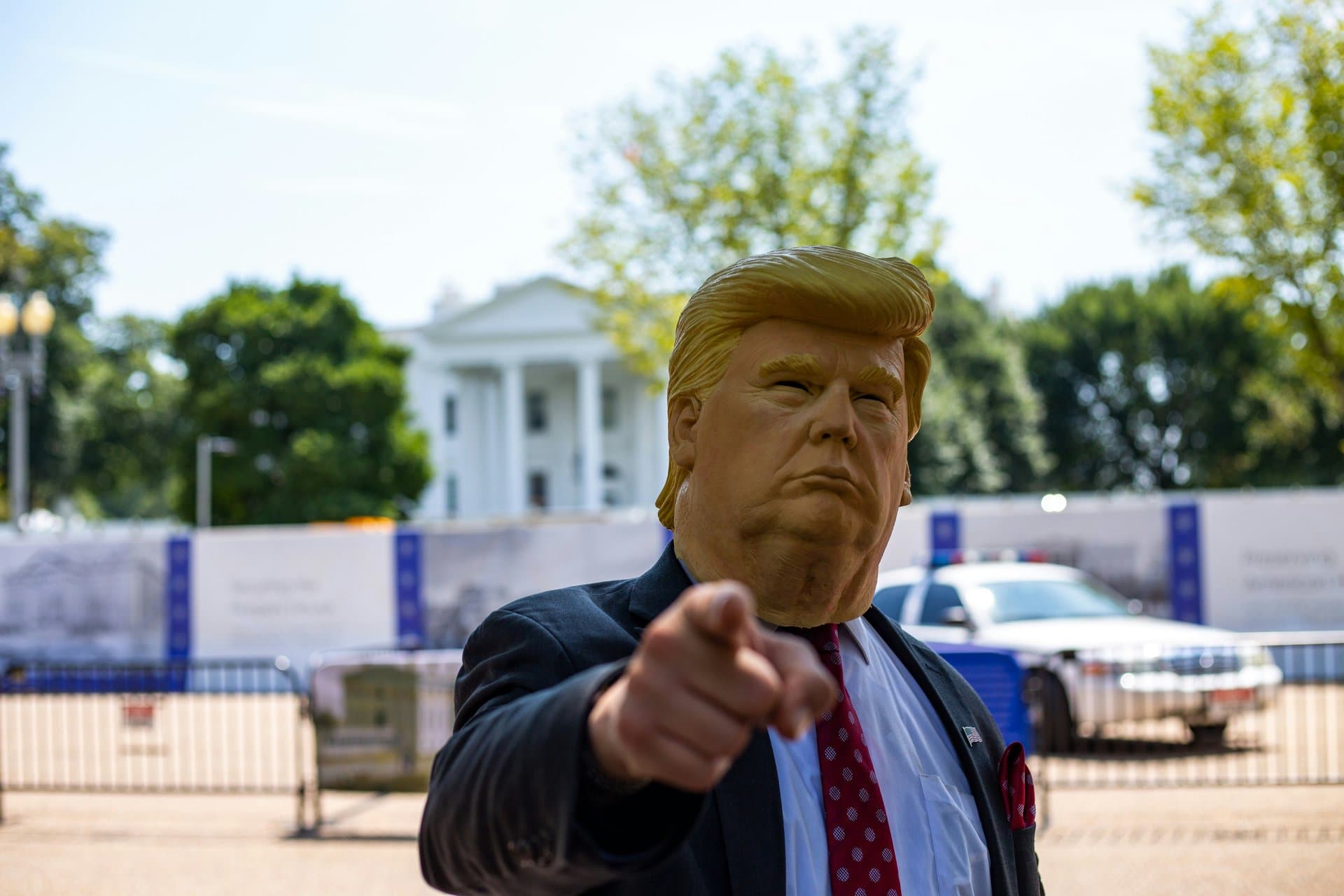Trump Administration Ends 19th-Century Federal Hiring Rule
Discover how the Trump administration’s 2025 overhaul of federal hiring reshapes merit-based recruitment by ending century-old rules and eliminating DEI programs, sparking debate on fairness and efficiency.

Key Takeaways
- Trump ends 19th-century 'rule of three' hiring system
- New policy removes DEI programs from federal hiring
- Focus shifts to practical skills and constitutional adherence
- Critics warn rollback risks bias and politicization
- Supporters praise return to pure meritocracy

Imagine a hiring system untouched for over a century suddenly rewritten. That’s exactly what the Trump administration did in 2025 by ending a foundational 19th-century federal hiring rule rooted in the Pendleton Act. This act, born from a desire to crush political favoritism, established merit as the cornerstone of federal recruitment.
Fast forward to today, and the administration claims federal hiring has drifted into "broken, insular, and outdated" territory, prompting a bold pivot. By scrapping the "rule of three" and eliminating diversity, equity, and inclusion (DEI) programs, the new Merit Hiring Plan aims to refocus on practical skills and constitutional principles.
But this seismic shift has stirred a heated debate. Supporters hail it as a restoration of true meritocracy, while critics warn it risks reopening doors to bias and political influence. Here’s how this historic change unfolds and what it means for the future of federal hiring.
Revisiting the Merit System
The Pendleton Act of 1883 was a game changer. Before it, federal jobs were handed out like party favors—loyalty trumped skill. The Act flipped the script, introducing competitive exams and merit-based hiring to clean up the mess. It created the U.S. Civil Service Commission, setting a gold standard for fairness.
Over decades, this merit system grew roots, reinforced by laws like the Civil Service Reform Act of 1978, which added layers of protection against discrimination and political meddling. It wasn’t perfect, but it was a shield against the chaos of patronage.
Fast forward to 2025, and this venerable system faces a reckoning. The Trump administration argues that the merit system has strayed from its original purpose, tangled in modern DEI programs and rigid rules that hamstring hiring managers. The question: can merit survive a reboot without losing its soul?
Ending the Rule of Three
For more than a century, the "rule of three" dictated federal hiring: managers had to pick from the top three exam scorers. It was a neat, if narrow, way to ensure merit. But critics called it a straitjacket, limiting flexibility and locking out potentially great candidates.
The Trump administration’s 2025 policy tosses this rule aside. Hiring managers now get to choose from a broader pool of qualified applicants, tailoring selections to agency needs. They can also exclude candidates who’ve been passed over multiple times, aiming to speed up hiring and weed out less committed applicants.
This change promises agility but raises eyebrows. Will opening the door wider mean better hires or more subjectivity? The relief of flexibility is tempered by the risk of losing the clear-cut merit filter that exams provided.
Scrapping DEI in Hiring
One of the most controversial moves is the administration’s outright rejection of diversity, equity, and inclusion programs in federal hiring. Labeling DEI initiatives as illegal and contrary to merit, the new policy demands hiring decisions be made "without regard to race, sex, color, religion, or national origin."
Supporters argue this restores fairness, focusing solely on skills and constitutional loyalty. They see DEI as a distraction that injects politics into hiring, diluting meritocracy.
Critics, however, warn this risks erasing hard-won gains in workplace diversity and could reopen doors to implicit bias. The federal workforce, once a beacon of equal opportunity, might slide back toward exclusionary practices. The debate is raw and emotional, reflecting broader national tensions over equity and fairness.
Balancing Skills and Constitutional Loyalty
Beyond scrapping old rules and DEI, the administration emphasizes practical skills and adherence to constitutional principles. Degree requirements deemed unnecessary are being axed, shifting focus to what truly matters on the job.
This approach aims to attract candidates who can hit the ground running and uphold the Constitution above all. It’s a call for a workforce loyal to the nation’s founding ideals rather than political or social agendas.
Yet, this raises questions: how do you measure constitutional loyalty? And can practical skills alone guarantee a fair, effective government? The answers will shape the federal workforce’s character for years to come.
The Debate and Future Outlook
The 2025 federal hiring overhaul has split opinion sharply. Supporters, including the Volcker Alliance, praise the new flexibility and focus on merit, seeing it as a needed course correction after decades of bureaucratic rigidity.
Opponents caution that dismantling DEI and loosening hiring rules risks a return to political favoritism and reduced diversity. They point to history’s lessons—before the Pendleton Act, patronage bred inefficiency and corruption.
The future hinges on implementation and oversight. Will this reform deliver a nimble, merit-based workforce, or will it unravel protections that kept politics at bay? The stakes are high, and the nation watches closely.
Long Story Short
The Trump administration’s 2025 overhaul of federal hiring marks a dramatic break from over a century of civil service tradition. By ending the "rule of three" and sidelining DEI initiatives, the administration stakes a claim for a merit system stripped to its bare essentials—skills and constitutional loyalty. Yet, this move is more than a policy tweak; it’s a flashpoint in the ongoing tug-of-war between equity and pure merit. While supporters see a return to fairness and efficiency, critics fear a slide back to political patronage and diminished workplace diversity. For anyone watching the federal workforce, the coming years will reveal whether this bold experiment restores the original spirit of the Pendleton Act or reopens old wounds. One thing’s clear: the stakes are high, and the debate is far from over.